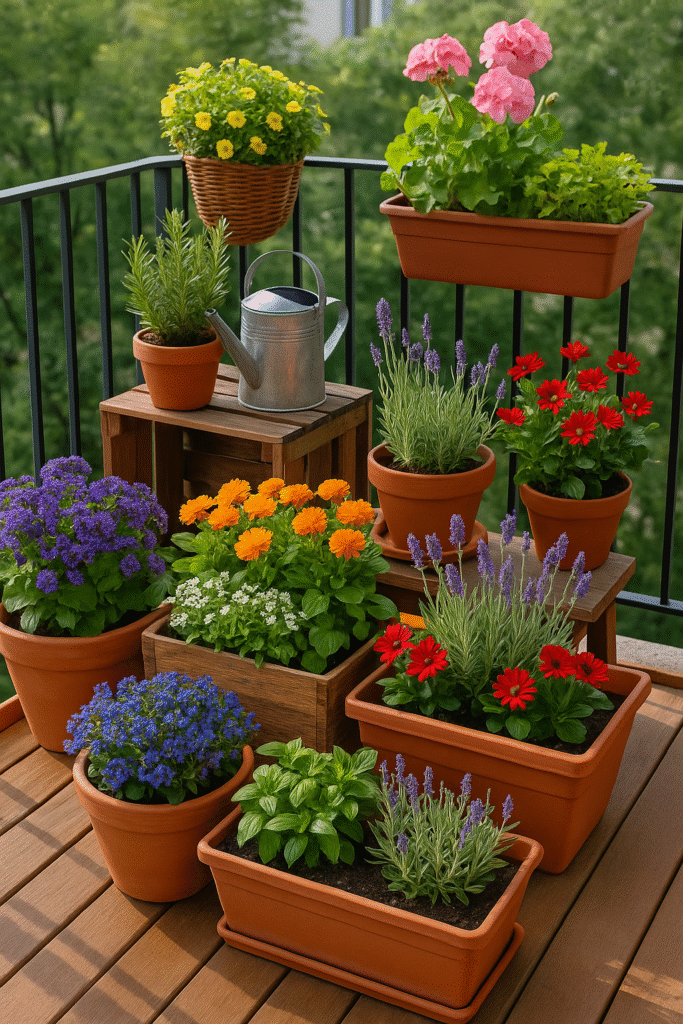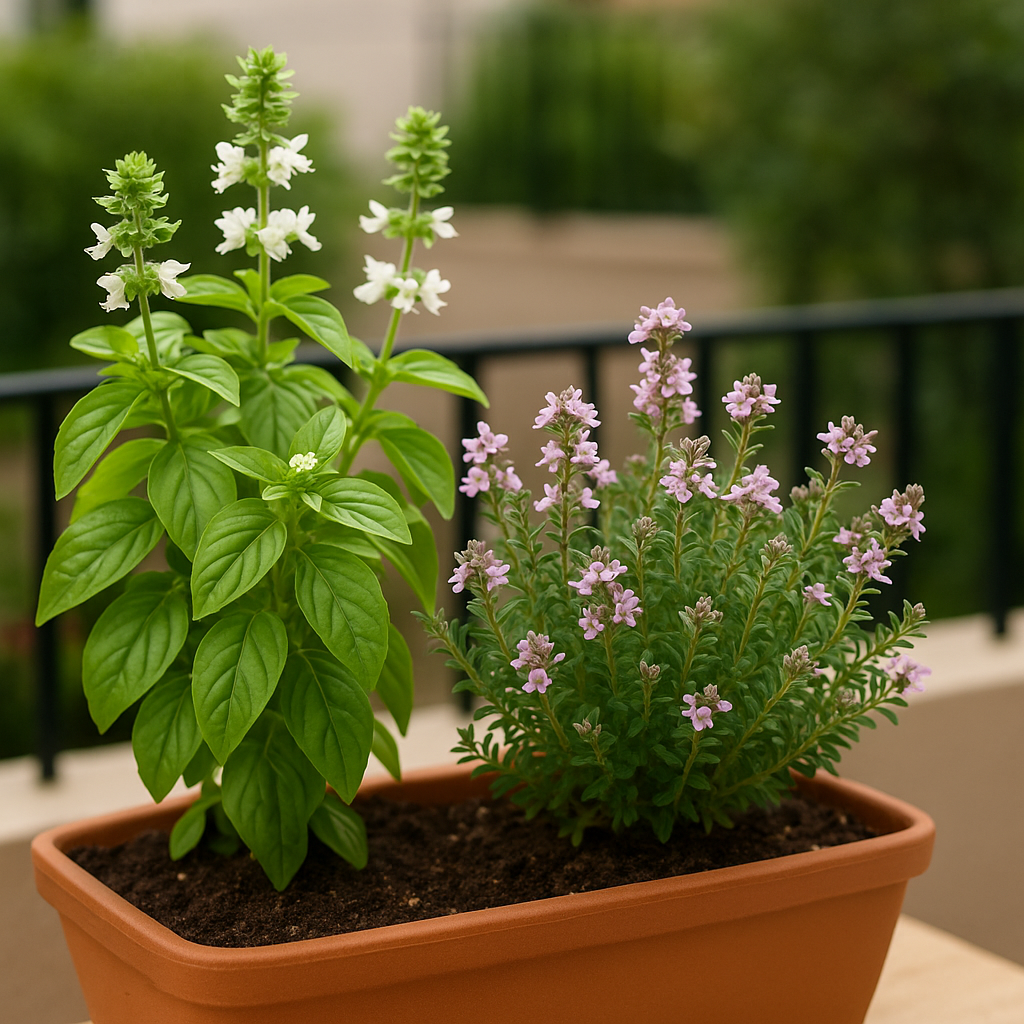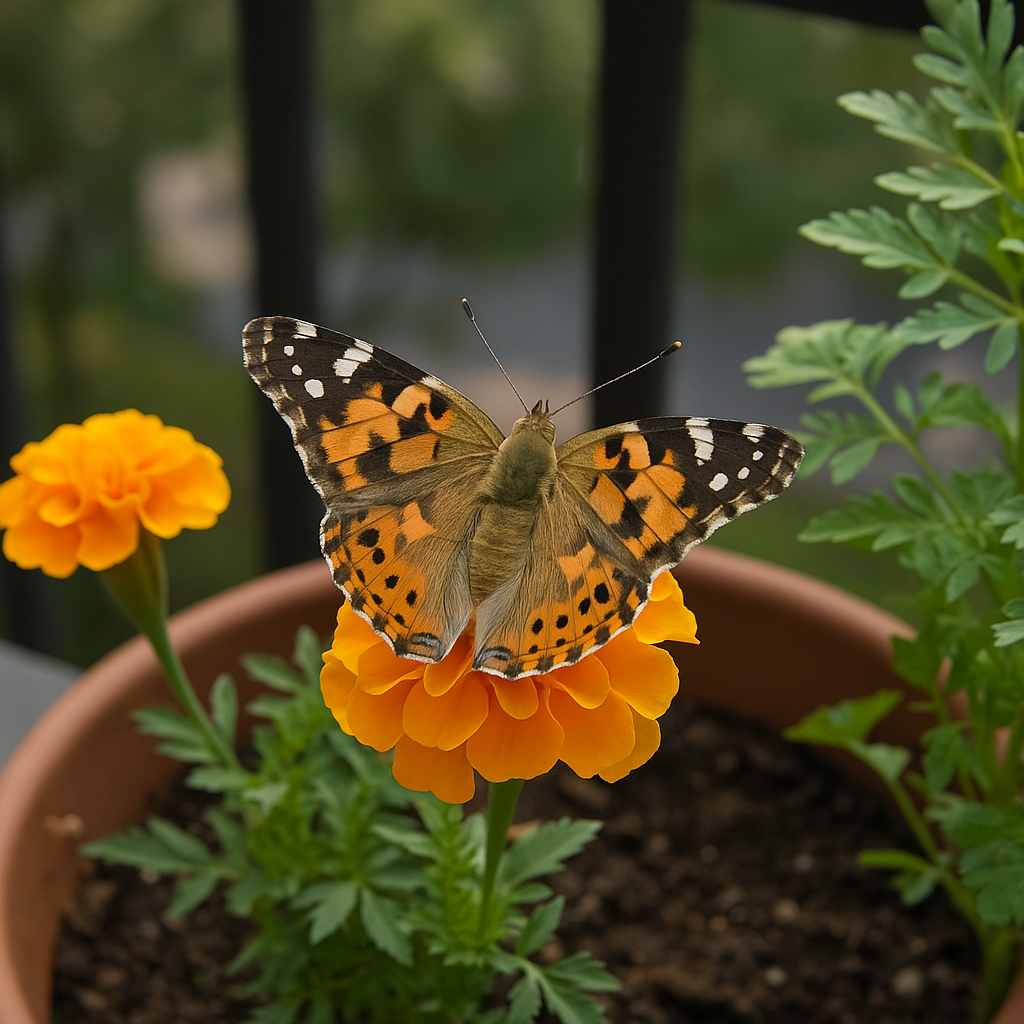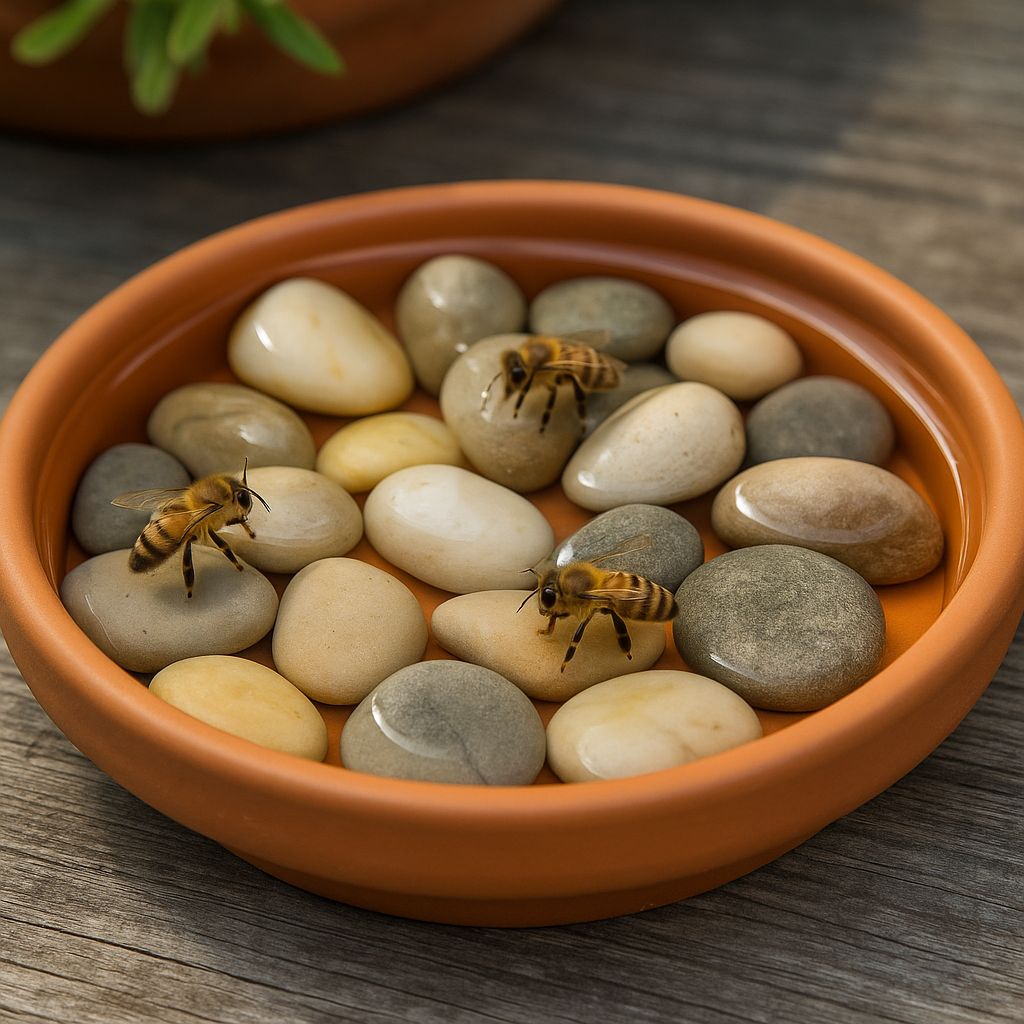How to Create a Pollinator-Friendly Balcony Garden (Even in Small Spaces)

🪴 Introduction
Think you need a big backyard to help the bees and butterflies? Think again!
Even if you’re living in an apartment with a small balcony, you can still create a thriving pollinator-friendly garden. Supporting pollinators like bees, butterflies, and hummingbirds is essential for plant health, food production, and the environment.
If you’re new to gardening in tight spaces, check out our Beginner’s Guide to Balcony Gardening to get started. In this guide, you’ll learn how to turn your balcony into a pollinator paradise—no matter how small your space is.
🐝 Why Attract Pollinators to Your Balcony?
Pollinators play a crucial role in maintaining ecosystems. Without them, many plants—including fruits, vegetables, and flowers—couldn’t reproduce.
By planting a pollinator-friendly balcony garden, you:
- Support local bee and butterfly populations
- Help improve plant productivity (especially if you’re growing herbs or veggies)
- Create a vibrant, lively space filled with movement and color
- Contribute to urban biodiversity, even in city apartments
🌿 Best Pollinator-Friendly Plants for Small Spaces
You don’t need a lot of room to make a big difference! Here are the best plants to include:
🌱 Herbs That Attract Pollinators

Let some of your herbs flower naturally to attract bees and butterflies.
- Lavender – A classic bee favorite.
- Basil – Leave a few stems unharvested to bloom
- Thyme – Tiny flowers, big impact
- Mint – Butterflies love the blooms
- Rosemary – Provides nectar-rich flowers.
🌻 Flowers for Bees & Butterflies

These compact flowering plants work well in containers:
- Marigolds – Bright and easy to grow
- Petunias – Attract hummingbirds and butterflies
- Geraniums – Long-lasting blooms
- Coneflowers (dwarf varieties) – Butterfly magnets
- Nasturtiums – Edible flowers and pollinator-friendly
🍅 Vegetables with Flowers Pollinators Love
- Cherry Tomatoes – Bees love their yellow blossoms
- Peppers – Attract both bees and beneficial insects
- Cucumbers (trellised) – Great for vertical growing and pollinators
🪴 How to Set Up a Pollinator-Friendly Balcony Garden
Follow these simple steps to make your balcony buzz with life:
- Use Containers and Planters
Choose pots, rail planters, or vertical gardens to maximize space. - Plant in Clusters
Group flowers of the same type together for better visibility to pollinators. - Mix Flower Shapes & Colors
Some pollinators prefer flat flowers, while others love tubular blooms. - Use Organic Soil
Avoid chemical fertilizers or pesticides—pollinators are sensitive to toxins. - Ensure Year-Round Blooms
Plant varieties that flower in different seasons for continuous food.
🦋 Tips to Attract More Pollinators
- Create a Bee Bath
Use a shallow dish filled with water and pebbles for bees to land safely.

- Let Herbs Flower
Don’t cut back all blooms—pollinators need the nectar. - Go Vertical
Use wall planters and hanging pots to maximize flower space. - Provide Shelter
Place small bee houses or leave some leafy plants for caterpillars. - Avoid Sprays
Even natural pesticides can harm pollinators. Skip them!
🚫 Common Mistakes to Avoid
- Choosing Only Ornamental Plants
Not all flowers produce nectar—check for pollinator-friendly types. - Overcrowding
Leave space for pollinators to land and move between plants. - Using Chemical Pesticides
These harm both pests and helpful insects like bees and butterflies. - Forgetting About Water
Pollinators need hydration too—add a small bee bath.
🌸 Final Thoughts
Creating a pollinator-friendly balcony garden is easier than you think—and it makes your space more colorful, lively, and eco-friendly. Even a few potted flowers and herbs can make a big impact.
Start small, grow what you can, and watch as your tiny garden starts attracting bees, butterflies, and other helpful pollinators.
To get started, make sure you have the right tools for small space gardening. Check out our Essential Gardening Tools for Small Spaces.
💬 Have you tried attracting pollinators to your balcony? Share your experiences or tips in the comments!